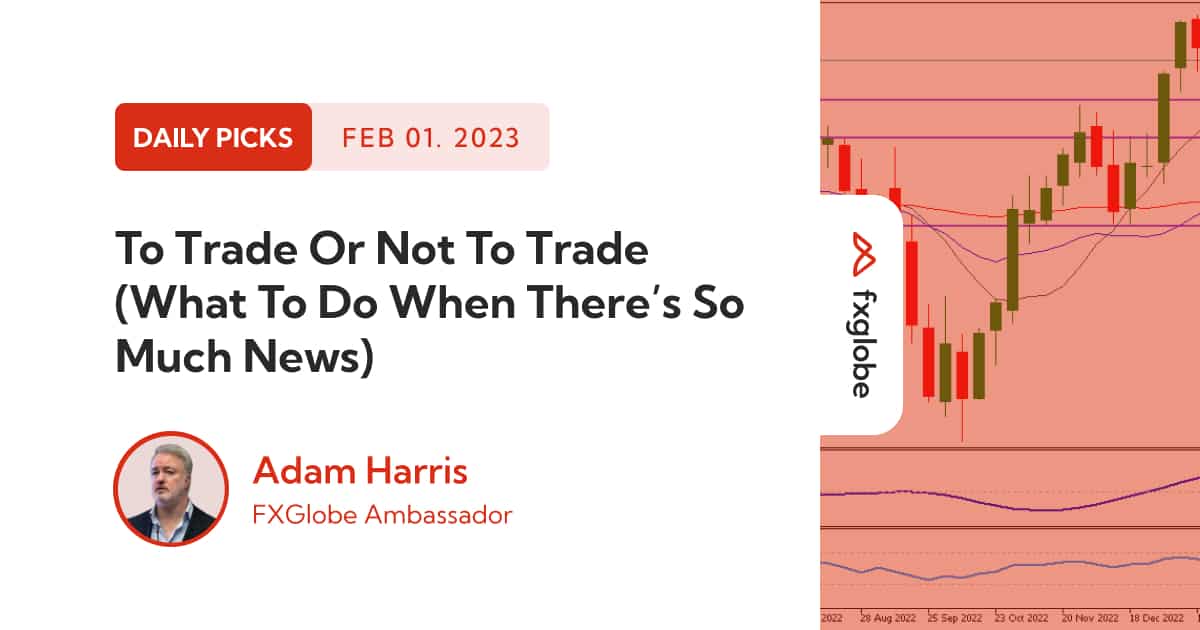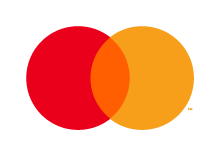Good morning Traders!
It’s not often that we’ll have a heavy news-filled week. Maybe once a quarter or less?
This week, from Wednesday onwards, each day is filled with what is likely to be above-average volatility, which adds complete unpredictability into what might normally be a more steady flow of price action.
Day traders who operate on timeframes below the 1-hour, and who DON’T trade the news. Believe it or not, there’s an urban myth that traders like to trade the news. I have not found this to be the case, especially where traders are seeking consistent returns.
Trading the news can be a challenging and risky strategy for traders, for several reasons:
- Volatility: News events often result in increased market volatility, which can lead to sudden price swings that can be difficult to predict and manage.
- Timing: It can be difficult to determine the exact timing of a news release, which can make it challenging to enter or exit a trade at the right time.
- Market reaction: The market’s reaction to a news event is often unpredictable and can be influenced by a variety of factors, including market sentiment, economic conditions, and investor psychology.
- False news: Inaccurate news or rumours can also cause volatility and uncertainty in the markets, making it difficult for traders to make informed decisions.
- Spreads: News events often result in wider bid-ask spreads, which can reduce a trader’s potential profits and increase the risk of losses.
For these reasons, many traders prefer to avoid trading the news and instead focus on longer-term trends and market analysis to inform their trading decisions. It’s important for traders to understand the risks associated with trading the news and to have a solid understanding of market dynamics before making any trading decisions.
In cases such as this week, traders can either bench themselves (knowing when to sit on their hands) or they can change gears and switch up to Swing trading the Daily timeframes.
This would mean that traders would have to wait until the end of the day, and make decisions based of the closed daily candle.
You might be wondering what the drawbacks or benefits are for each? Let’s have a look.
Swing Trading:
Benefits:
- Less stress: Since positions are held for several days to several weeks, swing traders do not need to constantly monitor the market, reducing stress levels.
- Potential for larger gains: Swing trading allows traders to capture the medium-term price movements in the market, potentially leading to larger gains.
- Fewer trades: Swing traders make fewer trades compared to day traders, reducing transaction costs and increasing the efficiency of the trading process.
Drawbacks:
- Longer wait for gains: Since swing traders hold positions for a longer period of time, it can take longer to realize gains, compared to day trading.
- Risk of overnight events: Holding positions overnight increases the risk of being affected by overnight news events, which can negatively impact the trade.
- Requires a longer-term perspective: Swing trading requires a longer-term perspective and a better understanding of market trends, compared to day trading.
Day Trading:
Benefits:
- Quicker gains: Day trading allows traders to quickly enter and exit positions, potentially leading to quick gains.
- Increased flexibility: Day traders have the flexibility to adjust their positions quickly, responding to changing market conditions.
- Access to short-term opportunities: Day trading allows traders to take advantage of short-term price movements that are not available to swing traders.
Drawbacks:
- Stressful: Day trading requires traders to constantly monitor the market, which can be stressful.
- Increased risk: Day trading involves making rapid decisions, increasing the risk of making incorrect decisions.
- Higher transaction costs: Day trading requires more trades compared to swing trading, increasing transaction costs.
It’s important to note that both swing trading and day trading have their benefits and drawbacks, and the right approach will depend on a trader’s individual preferences, financial goals, and risk tolerance.
At the end of the day, no pun intended, this week could make more sense for End-Of-Day Swing traders, as they will not be exposed to intraday market swings as much.
Just some food for thought.
Happy Trading!











